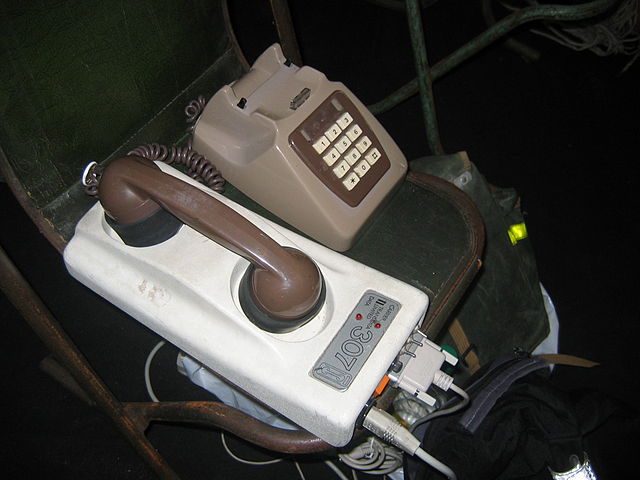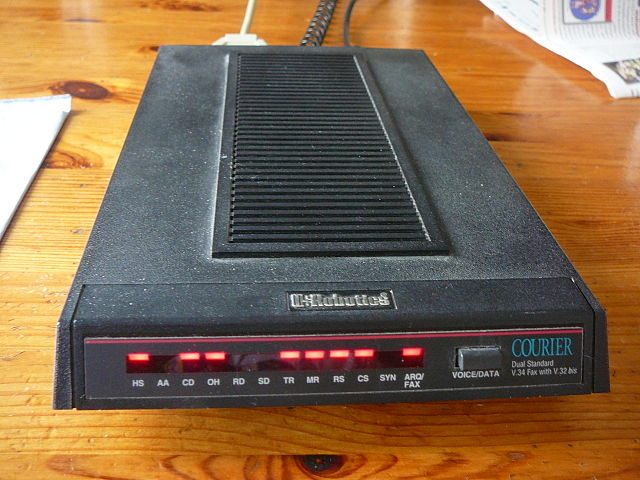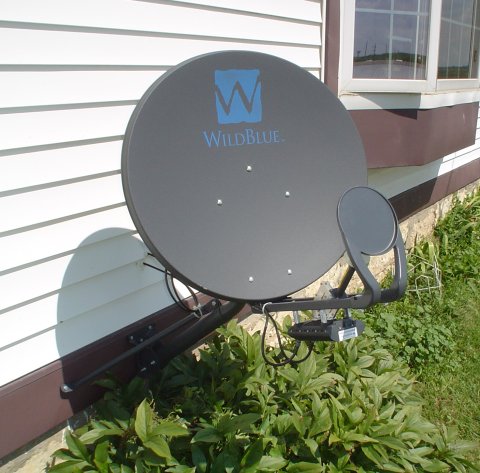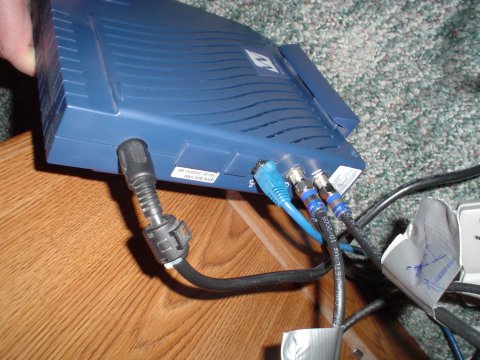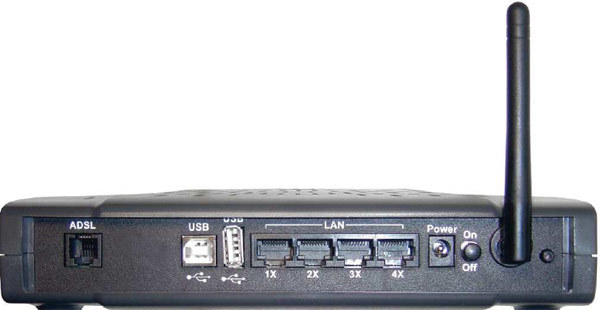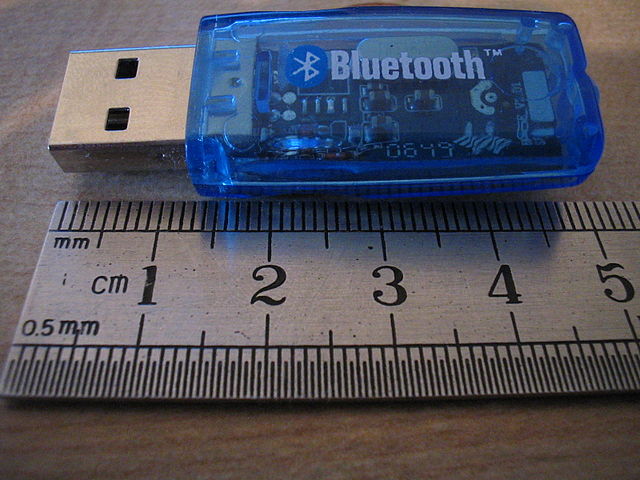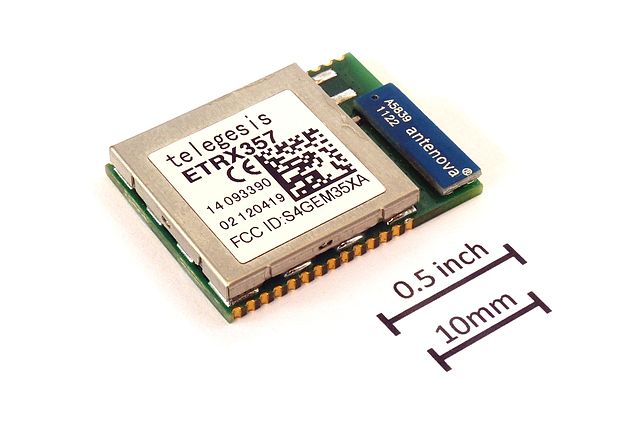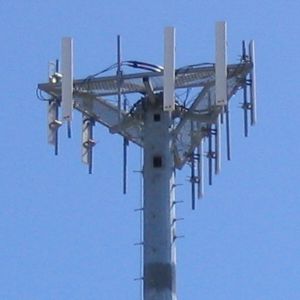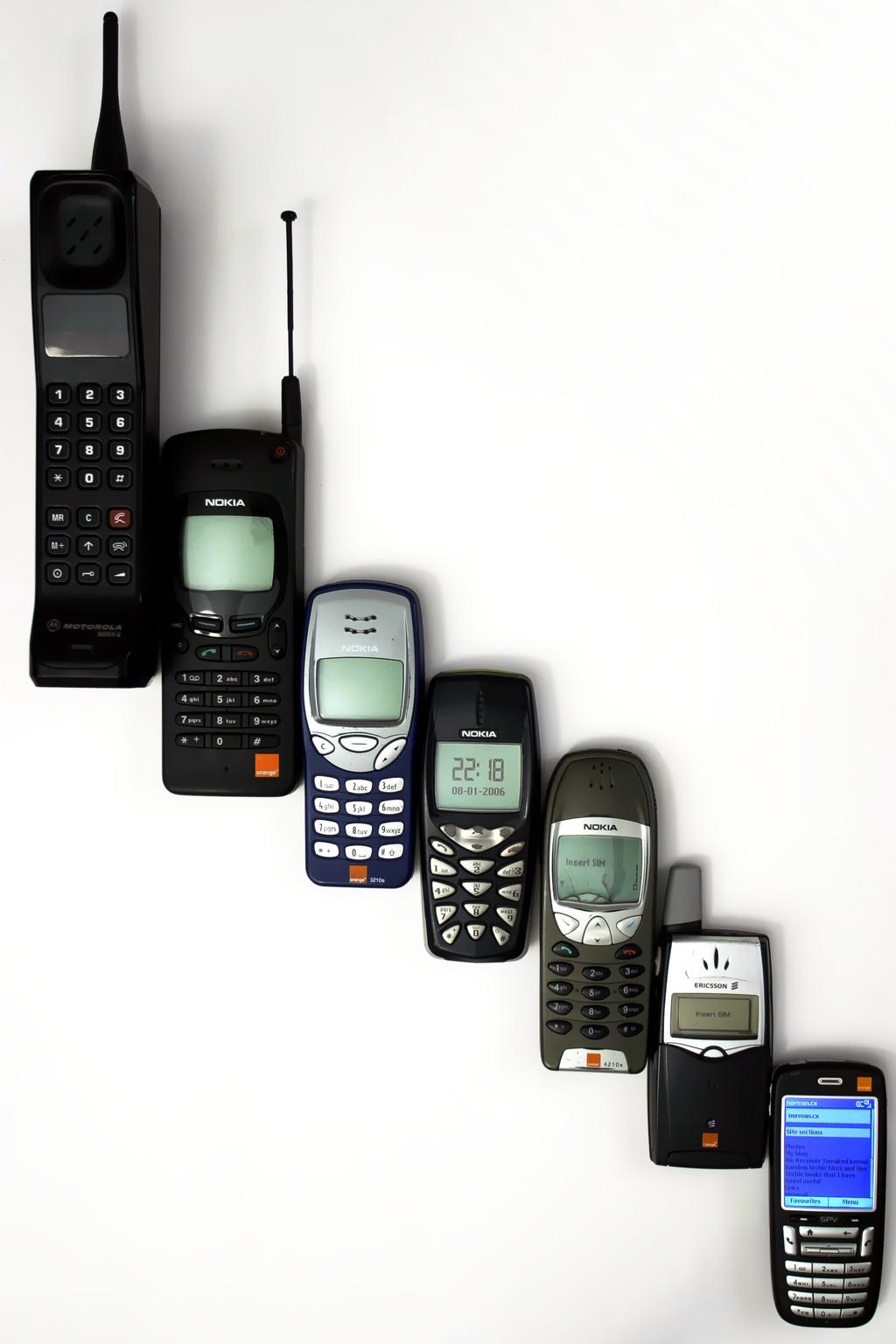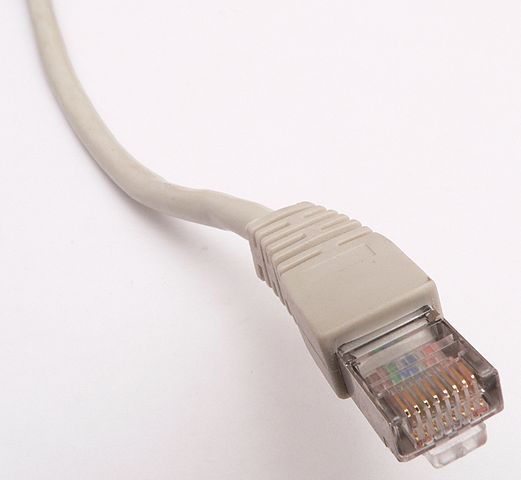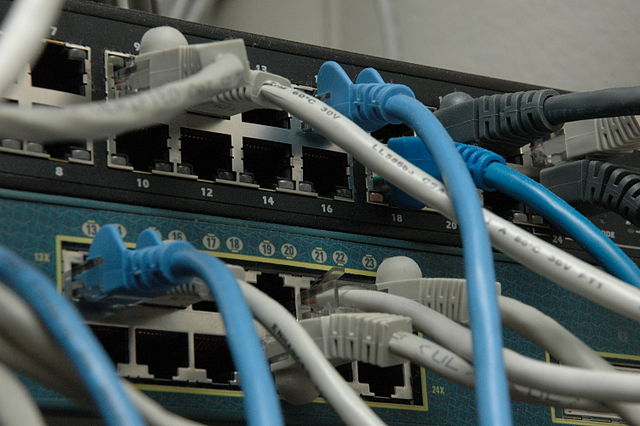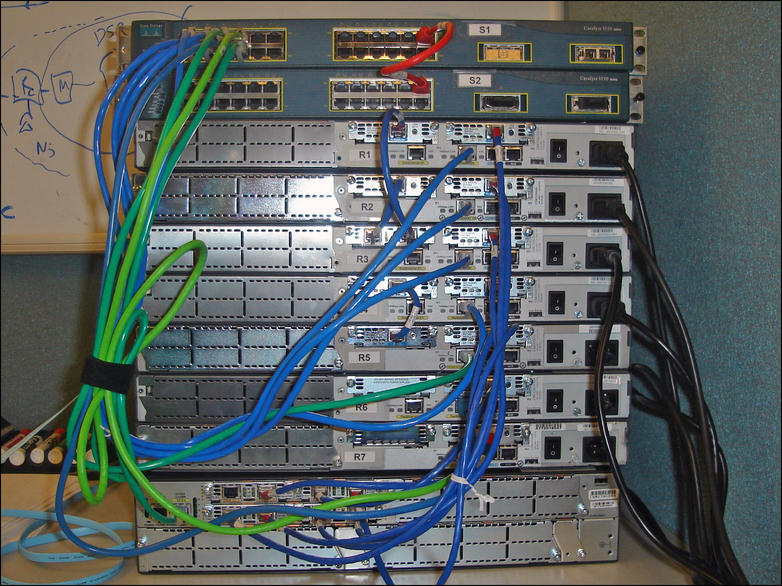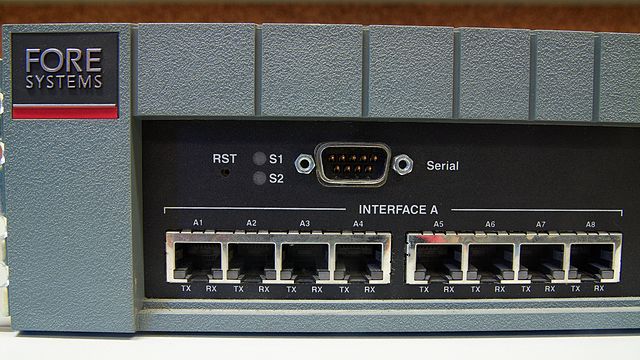Networking technologies
Vicente González Ruiz
December 15, 2014
Contents
1 Definitions
A WAN is a datacommunications network that operates beyond the geographic scope
of a LAN. WANs use the services of carriers, such as telephone companies, cable
companies, satellite systems, and network providers.
When you build a WAN, regardless of the transport you choose, there is
always a minimum of three basic components, or groups of components,
connecting any two sites. Each site needs its own equipment (DTE) to access the
telephone company’s CO serving the area (DCE). The third component sits
in the middle, joining the two access points (for example, a Frame Relay
backbone).
2 Telephone (Dial-Up) Access [3]
- History: First residential (last-mile) Internet access of the history. It
started in the last-60’s.
- Hardware: Two copper wires and a two modems (bandwidth:
Hz in “analog” lines, the available (depending on the distance and the
quality of the wire) in digital lines).
- Delay: Constant (the link is dedicated).
- Bit-rate:
| Connection | Modulation | Bit-rate [kbps] | Year released |
|
|
|
|
| 110 baud Bell 101 modem | FSK | 0.1 | 1958 |
| 300 baud (Bell 103 or V.21) | FSK | 0.3 | 1962 |
| 1200 modem (1200 baud) (Bell 202) | FSK | 1.2 | |
| 1200 Modem (600 baud) (Bell 212A or V.22) | QPSK | 1.2 | 1980 |
| 2400 Modem (600 baud) (V.22bis) | QAM | 2.4 | 1984 |
| 2400 Modem (1200 baud) (V.26bis) | PSK | 2.4 | |
| 4800 Modem (1600 baud) (V.27ter) | PSK | 4.8 | |
| 9600 Modem (2400 baud) (V.32) | QAM | 9.6 | 1984 |
| 14.4k Modem (2400 baud) (V.32bis) | TCM | 14.4 | 1991 |
| 28.8k Modem (3200 baud) (V.34) | TCM | 28.8 | 1994 |
| 33.6k Modem (3429 baud) (V.34) | TCM | 33.6 | 1996 |
| 56k Modem (8000/3429 baud) (V.90) | PCM | 56.0/33.6 | 1998 |
| 56k Modem (8000/8000 baud) (V.92) | PCM | 56.0/48.0 | 2000 |
3 Cable [3]
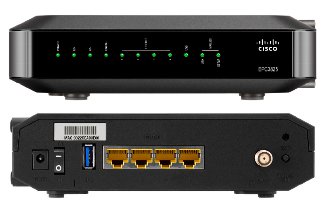
- History: In the 90’s, there is a large infrastructure of cable TV systems.
Some channels are used to transmit data instead of TV signals to the home
of the users (residential access).
- Hardware: Coaxial cable and a two cable modems. The backbone is
optical fiber (HFC = Hybrid Fiber/Coaxial).
- Delay: Neighbors (typically from
to
active data subscribers are connected to a cable network segment) share
upstream and downstream bandwidth. Because CDMA (Code Division
Multiple Access) multiplexing is used (i.e., several transmissions can be
done in the same instant without collisions), delay is constant although
the bit-rate depends on the number of active users.
- Bit-rate: The actual bandwidth for Internet service over a cable line can
be up to
Mbps on the download path to the subscriber (downstream frequencies are
in the range of
to
MHz,
MHz/TV-channel) and about
Mbps of bandwidth on the upload path (upstream frequencies are in the
range of
to
MHz). QPSK (Quadrature Phase Shift Keying) or QAM (Quadrature
Amplitude Modulation) modulation is used.
4 Satellite [1]
5 DSL (Digital Subscriber Line) [1]
- History: Bellcore (now Telcordia Technologies) developed ADSL
(Asymmetric Digital Subscriber Line) and filled a patent in 1988. Now is
the most used method for residential access.
- Hardware: Use the same line than the telephone, but the channel goes
from
kHz to
MHz. The carrier is modulated using OFDM (Orthogonal Frequency-Division
Multiplexing). A DSL modem is the device required to connect the computer
or the network of the user to the telephone line.
- Delay: The link is dedicated and short (thousands of meters), so, the
latency is very low and constant.
- Bit-rate: Bit-rates depends on the noise in the line. Theoretically:
- Download: up to
Mbps.
- Upload: up to
Mbps.
6 WiFi (Wireless Fidelity) [4]
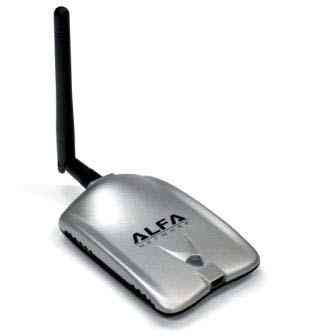
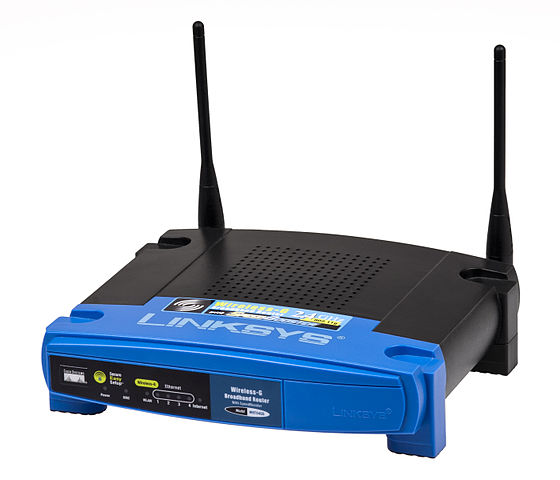
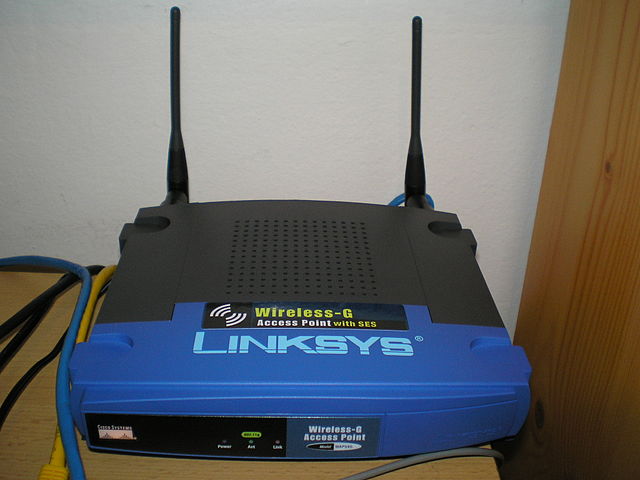
- History: The first IEEE 802.11 device was debuted on the market,
under the name of WaveLAN, in 1988. WiFi is an industry-driven
interoperability certification promoted by the WiFi Alliance and based on
a subset of the IEEE 802.11 standard.
- Hardware: At least two WiFi adapters and an electromagnetically permeable
medium in the
GHz ISM (Industrial, Scientific and Medical) band. Usually, communication
is access point based, although peer to peer communication is also allowed.
- Delay: The medium is shared between all emitters and receivers (that
must sends ACK packets). When carriers are modulated using OFDM
(Orthogonal Frequency-Division Multiplexing) (802.11a and 802.11g)
or MIMO (Multiple-Input and Multiple-Output)-OFDM (802.11n),
the medium is multiplexed using CSMA/CA (Carrier Sense Multiple
Access/Collision Avoidance), i.e., the latency is variable (depends on the
link load). When DSSS (Direct Sequence Spread Spectrum) (802.11b),
several emitters can coexist without collide and the latency is constant
(although the bit-rate is decreased when the number of emitters is
increased).
- Bit-rate:
| Standard | Frequency band | #Channels | Modulation | Bit-rate |
|
|
|
|
|
| 802.11a | GHz - GHz | Up to 3 | OFDM | Up to Mbps |
| 802.11b | GHz - GHz | 3 | DSSS | Up to Mbps |
| 802.11g | GHz - GHz | 3 | OFDM | Up to Mbps |
| 802.11n | GHz - GHz | ? | MIMO-OFDM | Up to Mbps |
|
|
|
|
|
| Number of non-overpping chahhels.
7 Bluetooth (IEEE 802.15.1) [4]
- History: Created by Ericsson in 1994, it was originally conceived as a
wireless alternative to RS-232 data cables. Bluetooth links are also called
WPANs (Wireless Personal Area Networks).
- Hardware: Bluetooth modems and a electromagnetically permeable medium
in the
GHz ISM (Industrial, Scientific and Medical) band. Peer to peer communication.
- Delay: Because in FHSS (Frequency-Hopping Spread Spectrum) devices
frequency-hop every
ms in a pseudo-random sequence around
channels, when two (or more) devices transmit in same channel they
collide, the packets have to be retransmitted and the delay in this case
will be high. Otherwise the delay is almost constant and very small (notice
that the devices are quite close).
- Bit-rate:
| Version | Bit-rate |
|
|
| 1.2 | 1 Mbps |
| 2.0 | 3 Mbps |
| 3.0 | 24 Mbps |
| 4.0 | 24 Mbps |
8 ZigBee (IEEE 802.15.4) [4]
- History: ZigBee was conceived in 1998, standardized in 2003 and revised
in 2006. It is used in applications that require a low data-rate and long
battery life.
- Hardware: ZigBee modems and a electromagnetically permeable medium
in the
GHz ISM (Industrial, Scientific and Medical) band. Communication is
always peer to peer.
- Delay: Medium is multiplexed with DSSS (Direct Sequence Spread
Spectrum), therefore, the latency is constant but depends on the number
of emitters.
- Bit-rate: Up to 250 Kbps.
9 Cellular [1]
- History: Cellular telephony born in the early 1980s. 1G (Generation)
transmitted voice and was analog. The rest of technologies that have
arrived later are fully digital.
- Hardware: A cellular (which obviously is basically a modem) and cellular
radio tower (with an antenna), also known as a radio base station.
Terminals always communicate with a station, never directly (no peer to
peer). Stations can be closer if bandwidth per cell is higher (in the left
example, the bandwidth/station is smaller). If he bandwidth is higher, the
number of phones per cell can be higher.
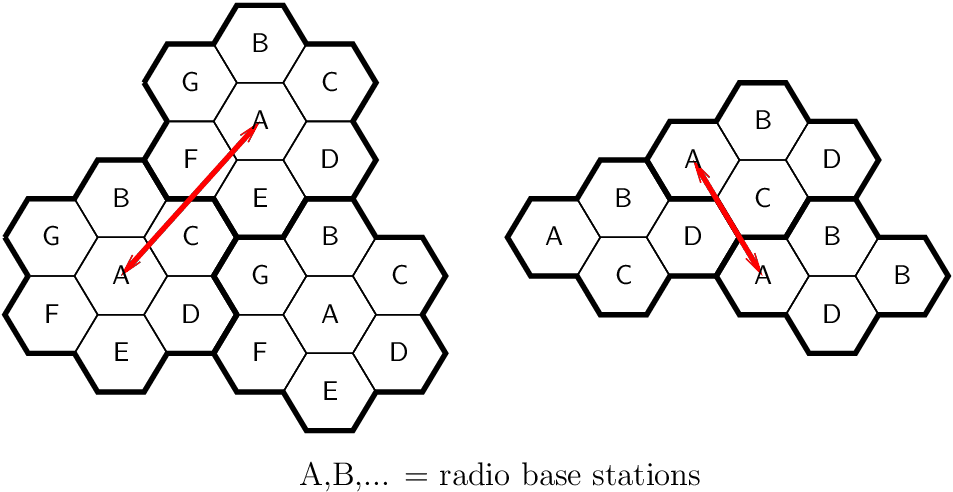
- Delay: Most cellular technologies are TDM- or FDM-based. The
bandwidth is reserved (we pay for that) and therefore, the latency is
constant.
- Bit-rates:
- AMPS (Advanced Mobile Phone System) in US, TACS (Total Access
Communications System) + NMT (Nordic Mobile Telephone) in Europe
and NTT (Nippon Telegraph and Telephone) + JTACS (Japan Total
Access Communications System) in Japan / 1G: Up to
(download:upload) Kbps.
- GPRS (General Packet Radio Service): Used in GSM (Global System
for Mobile)/2.5G. Up to
Kbps.
- EDGE (Enhanced Data Rates for GSM Evolution): Used in GSM/2.75G.
Up to
Kbps.
- HSPA/HSPA+ (High-Speed Packet Access): Used in UMTS (Universal
Mobile Telecommunications System)/3G. Up to
Mbps (HSPA)
Mbps (HSPA+).
- HSDPA (High-Speed Downlink Packet Access): Used in UMTS/3.5G.
Up to
Mbps.
- HSUPA (High-Speed Uplink Packet Access): Used in UTMS/3.75. Up
to
Mbps.
- IEEE 802.16 WiMAX (Worldwide Interoperability for Microwave
Access): Used in UMTS/4G. Up to
Gbps.
- LTE (Long Term Evolution): Used in UMTS/4G. Up to
Mbps.
10 IEEE 802.3 Ethernet [1]
- History: Ethernet network was invented in mid 70s [2] and appeared
commercially in 1980.
- Hardware: To connect two computers, you only need an Ethernet cable
(4 twisted pairs or an optical fiber). However, in order to connect to a
larger network, an Ethernet switch is needed, obtaining a star topology
(switches can be connected together to expand the network). Links are
full-duplex.
- Delay: Switched Ethernet use a TDM-FIFO strategy to transmit the
frames. Therefore, the delay is variable although in general, the jitter is
very small in non-congested networks.
- Capacity:
- 100Base-*:
Mbps.
- 1000Base-*:
Gbps.
- 10GBase-*:
Gbps.
11 Frame Relay [1]
- History: Sprint International invented Frame Relay in the early 90s as
a simpler version of the X.25 protocol to use across ISDN (Integrated
Services Digital Network) interfaces. Frame Relay has become the most
widely used WAN technology in the world.
- Hardware: Digital telephone lines and Frame-Relay switches.
- Delay: Links are under control, paid and dedicated. The delay is constant.
- Capacity: Typically (depends on the number of aggregated lines) up to
Mbps. Full-duplex. Symmetrical bit-rate links.
12 ATM (Asynchronous Transfer Mode) [1]
- History: Developed by ANSI and ITU in the late 80s for carriage of a
complete range of user traffic, including voice, data, and video signals.
Now is used by telephone companies as a backbone network.
- Hardware: Digital telephone lines and ATM switches.
- Delay: Links are under control, paid and dedicated. The delay is constant.
- Capacity: Typically (depends on the number of aggregated lines) up to
Mbps (OC-12).
13 Technologies summary
| |
|
| |
|
| Line type | Bandwidth | Capacity | Modulation | Voice Channels |
|
|
|
|
|
| Telephone | | up to 56 Kbps | - | 1 |
| DS0 | - | 64 Kbps | - | 1 |
| T1/DS1 | - | 1.544 Mbps | AMI or B8ZA | 24 |
| E1 | - | 2.048 Mbps | - | 32 |
| J1 | - | 2.048 Mbps | - | 32 |
| T1C | - | 3.152 Mbps | - | 2*T1 |
| T2/DS2 | - | 6.312 Mbps | - | 2*T1C |
| E3 | - | 34.064 Mbps | - | - |
| T3 | - | 44.736 Mbps | - | 7*T2 |
| OC-1 | - | 51.84 Mbps | - | - |
| OC-3 | - | 155.54 Mbps | - | - |
| OC-9 | - | 466.56 Mbps | - | - |
| OC-12 | - | 622.08 Mbps | - | - |
| OC-18 | - | 933.12 Mbps | - | - |
| OC-24 | - | 1244.16 Mbps | - | - |
| OC-36 | - | 1866.24 Mbps | - | - |
| OC-48 | - | 2488.32 Mbps | - | - |
| OC-96 | - | 4976.64 Mbps | - | - |
| OC-192 | - | 9953.28 Mbps | - | - |
| OC-768 | - | 39813.12 Mbps | - | - |
| DS3 | - | 44.736 Mbps | - | 672 |
| T4 | - | 274 Mbps | - | 6*T3 |
|
|
|
|
|
| |
References
